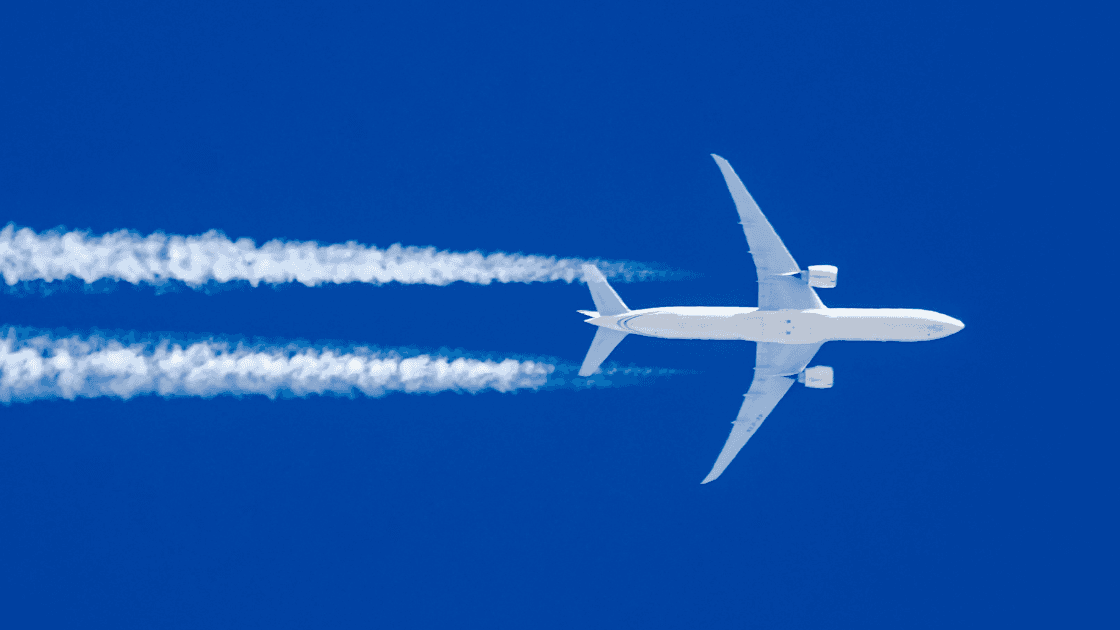
Flights
•03 min read

Tokyo is home to two bustling international airports—Narita and Haneda—each offering a unique gateway to the vibrant capital of Japan. Whether you're setting out on a leisure journey or a business expedition, mastering the intricacies of these hubs can truly elevate your travel experience. This guide provides a clear checklist for navigating Tokyo's international airports, ensuring seamless transitions from arrival to departure and everything in between.
Tokyo is served by two major international airports. Narita International Airport, located about 60 km from central Tokyo, primarily caters to international flights. Haneda Airport, on the other hand, is much closer to downtown Tokyo and skillfully manages both domestic and international flights. This dual system supports the city’s dynamic demands and provides flexibility for every traveler.
The history behind these airports is as compelling as Tokyo itself. Narita was developed to handle an increasing volume of international traffic, ensuring the city could welcome long-haul flights comfortably. Meanwhile, Haneda has evolved into a dual hub, merging domestic connectivity with international services to support the bustling trade and tourism sectors.
Each airport offers distinct advantages in terms of connectivity. Narita may require a longer journey—around 1 to 1.5 hours via the Narita Express, dedicated buses, or taxis—making it suitable for those planning an extensive stay or arriving on long-haul flights. In contrast, Haneda’s proximity to the city center makes it an excellent choice for business travelers and those with tight schedules. With efficient services like the Tokyo Monorail, Keikyu Line, buses, and taxis, reaching downtown Tokyo from Haneda is remarkably convenient.
For the traveler prioritizing speed and convenience, Haneda stands out as the ideal option, particularly when managing short layovers or swift business trips. Alternatively, leisure travelers and those on long-haul international routes might find Narita to be the perfect launchpad, where a relaxed pace complements a more extensive travel itinerary.

Narita International Airport is well-organized into three main terminals. Terminal 1 predominantly serves major airlines and international alliances, ensuring smooth transit for global travelers. Terminal 2 is home to carriers from Oneworld and similar networks, while Terminal 3 caters to low-cost and budget airlines, offering an economical approach to air travel.
Haneda Airport comprises three terminals that are equally intuitive. Terminals 1 and 2 primarily handle domestic flights, with renowned carriers providing exemplary service. Terminal 3 is dedicated to international flights and features modern amenities alongside multilingual support, making it a comfortable choice for travelers venturing across borders.
Narita offers an array of services tailored to enhance your travel experience. From duty-free stores showcasing local Japanese products and souvenirs to dedicated dining options featuring authentic ramen shops, sushi restaurants, and international cuisine, every detail is designed for convenience. Travelers can also unwind in well-appointed lounges, explore capsule hotels, and indulge in spa services that refresh both body and mind.
Haneda excels in merging modernity with tradition. It features high-end shopping outlets with both duty-free selections and traditional Japanese crafts, alongside a curated selection of dining options. Enjoy sumptuous meals at Michelin-starred restaurants or casual fare at inviting coffee shops. Additionally, families and solo travelers alike can appreciate entertainment zones like observation decks, cultural exhibits, and kid-friendly areas, all designed to transform layovers into delightful experiences.
For journeys that start or end at Narita, efficient connections via the Narita Express, Keisei Skyliner, buses, and taxis ensure that you are never far from your next destination. In contrast, Haneda benefits from a well-coordinated network of the Tokyo Monorail and Keikyu Line in addition to conventional bus and taxi services. Private transfers are also available, providing flexibility and comfort regardless of your schedule.
Travelers needing to switch between these airports have reliable options including limousine buses, scheduled trains, or taxis, with transfer times ranging from approximately 1.5 to 2 hours. For a stress-free experience, booking transfers in advance and verifying schedules are recommended tips to ensure you arrive relaxed and on time for your onward journey.
-95e61ea7-ab4c-459c-9b20-5d183cfc507b.png&w=3840&q=75)
Insight Corner: "Did You Know?"
Tokyo is among the few global cities with two major international airports, granting travelers the flexibility to tailor their journey. Whether you’re flying long-haul into Narita or enjoying a quick transit near the heart of the city via Haneda, each airport is equipped to provide a memorable and convenient travel experience.
Tokyo has two international airports: Narita International Airport and Haneda Airport.
Haneda is preferred for its proximity to downtown Tokyo and efficiency during short layovers, while Narita is typically chosen for long-haul international journeys and budget-friendly travel options.
Narita was established to manage increasing international traffic, and Haneda has adapted over time to offer both domestic and international services in response to rising global and local demands.
Your choice should depend on your travel needs: select Haneda for quick access to central Tokyo and Narita for extensive international flight routes.
In summary, navigating Tokyo’s international airports is a journey that can be as smooth as it is exciting. With this checklist, you’re empowered with all the essential knowledge—from terminal layouts and transportation options to curated services that make each moment memorable. Embrace the Tata legacy of seamless travel and enjoy the rewards that enhance your journey. Remember, as you travel with ease, you can also earn NeuCoins on all bookings (1 NeuCoin = 1₹ saving), adding extra value to every mile you traverse.